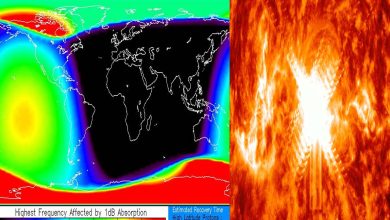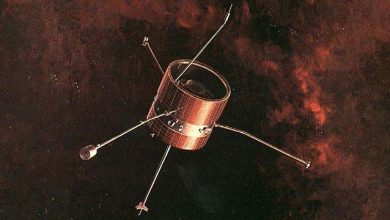NASA: Look at the hot plasma swirling around 12 black holes

Science: Despite their name, black holes are often surrounded by bright, radiating swirls of matter known as accretion disks — and, typically, the black hole’s immense gravity can pull surrounding gas or even stars toward it, sending ultra-powerful jets of electromagnetic radiation into space.
A continuing mystery, however, has been the structure and makeup of black hole coronas — dynamic plasma regions that are part of the flow of matter into black holes. Similar to Earth’s sun and other stars, a black hole’s corona is essentially a super-heated environment. As NASA explains, they can reach temperatures of billions of degrees.
Now, researchers using NASA’s Imaging X-ray Polarimetry Explorer (IXPE) have collected data about 12 known black holes to determine the structural properties of accretion disks around different-sized versions of these objects. Then, they looked at how these variables might affect the shape of a black hole’s corona.
Astrophysicists have known for some time about coronae around stellar-mass black holes — black holes with masses typically 10 to 30 times the mass of the sun, which form from stellar collapse — and supermassive black holes like Sagittarius A* at the center of the Milky Way.
“Scientists have long speculated on the structure and geometry of the corona,” Lynne Saade, a postdoctoral researcher at NASA’s Marshall Space Flight Center and lead author of the new findings, said in a press release. “Is it a sphere above and below the black hole, or an atmosphere generated by the accretion disk, or perhaps plasma located at the base of the jet?” IXPE was able to peer into the heart of the black hole’s corona through X-ray polarization. The idea is similar to how astronomers study the sun’s corona during a total solar eclipse. In turn, IXPE helps astronomers understand the geometry of accretion disks and related structures like coronae.





